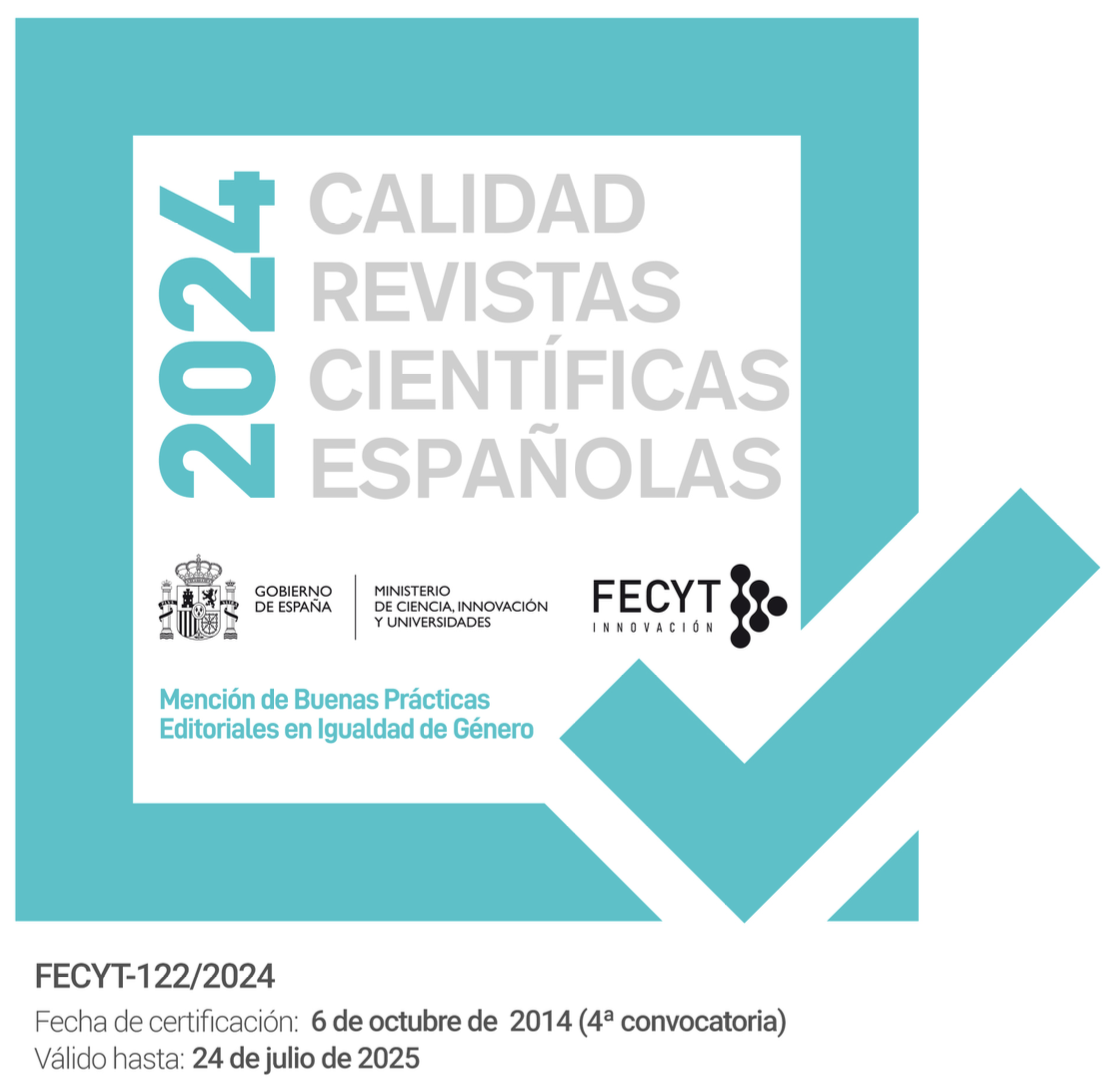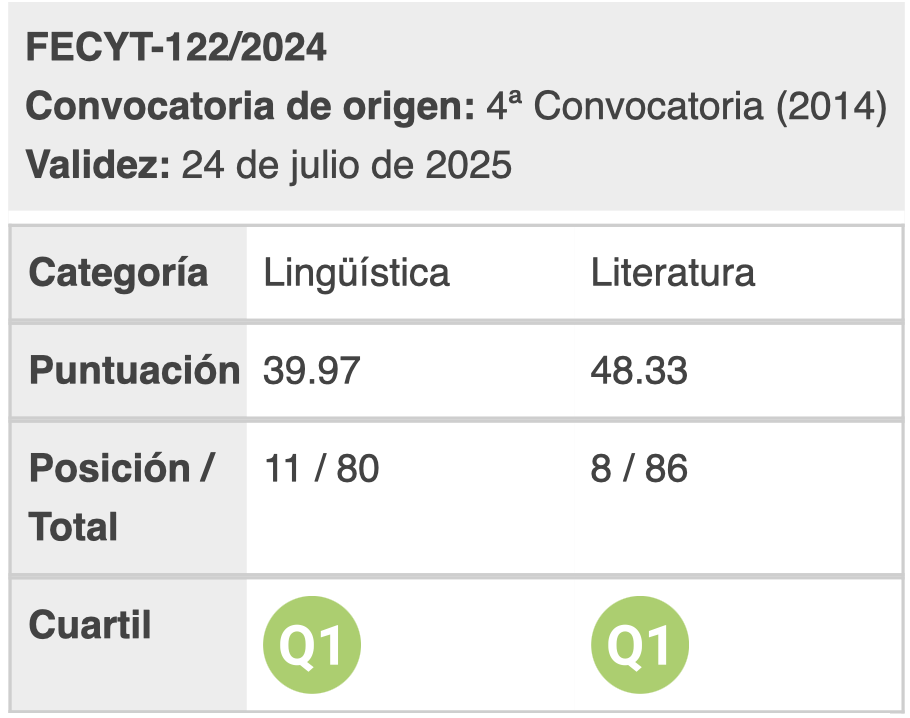Hester’s Private Religion of the Heart: Theocracy and Secularism in The Scarlet Letter (1851)
DOI:
https://doi.org/10.28914/Atlantis-2024-46.1.03Abstract
The Scarlet Letter, Hawthorne’s highly political magnum opus, is concerned with the struggle of its heroine against the overarching Puritan patriarchy, and relates her resistance, denial and finally her reconciliation with the society that had outcast and defamed her. This paper examines the religious transformation in The Scarlet Letter, particularly in its protagonist, Hester Prynne according to the dialectic of subversion and containment. While the Puritan society condemns her acts, Hester subverts aspects of this religious theocracy and contains them in a new light. These points of subversion and containment are the critical focus of this study, as espoused by new historicist Stephen Greenblatt and cultural materialist Jonathan Dollimore. Hester’s subversions include her resilience against the presumption that she has committed a sin, the consecration of her own actions, criticism of predestination and doctrine of grace. Alternatively, her containments present the reader with an alternative political vision that embraces freedom of conscience and individual religion of the heart. Ultimately, this essay argues that Hester, by the end of the tale, displaces the Puritan theocracy and envisions a secular society in which a privatized sphere of activity is granted to individuals to exercise their political and religious liberties.
Downloads
References
Abel, Darrel. 1952. “Hawthorne’s Hester.” College English 13 (6): 303-09.
Alvis, John E. 2011. Hawthorne as Political Philosopher. London & New York: Routledge.
Arac, Jonathan. 1986. “The Politics of The Scarlet Letter.” In Sacvan Bercovitch and Myra Jehlen 1986, 247-67.
Baym, Nina. 1970. “Passion and Authority in The Scarlet Letter.” The New England Quarterly 43 (2): 209-30.
Bercovitch, Sacvan. 1991. The Office of The Scarlet Letter. Baltimore, MD: John Hopkins UP.
— and Myra Jehlen, eds. 1986. Ideology and Classic American Literature. New York: Cambridge UP.
Berlant, Lauren. 1991. The Anatomy of National Fantasy: Hawthorne, Utopia, and Everyday Life. Chicago: U of Chicago P.
Brannigan, John. 2001. History, Power, and Politics in the Literary Artifact: New Historicism. Edited by Julian Wolfreys. Edinburgh: Edinburgh UP.
Bridge, Horatio. 1893. Personal Recollections of Nathaniel Hawthorne . New York: Harper & Brothers Publishers.
Chaplin, Sue. 2011. Gothic Literature. London: York P.
Colacurcio, Michael J. 1972. Footsteps of Ann Hutchinson: The Context of the Scarlet Letter.” ELH 39 (3): 459-94.
—. 2022. Hawthorne’s History, Hawthorne’s World from Salem to Somewhere Else. London, New York, Melbourne, Delhi: Anthem Press.
Crow, Charles L. 2009. History of the Gothic: American Gothic. Cardiff: U of Wales P.
Crowley, Donald J., ed. 1970. The Critical Heritage: Nathaniel Hawthorne. London & New York: Routledge.
Davidson, Marshall B. 1973. The American Heritage History of the Writers’ America. New York: American Heritage Publishing Company, Inc.
Dollimore, Jonathan. 1985. “Introduction: Shakespeare, Cultural Materialism and New Historicism.” In Dollimore & Sinfield 1985, 2-17.
— and Alan Sinfield, eds. 1985. Political Shakespeare.Manchester & NY: Manchester and Cornell UP.
Eagleton, Terry. 2008. Literary Theory: An Introduction. Oxford: Blackwell Publishing. Elbert, Monica M. 1990. “Hester’s Maternity: Stigma or Weapon?” ESQ: A Journal of the American Renaissance 36: 175-207.
Fuller, Margaret. 1843. “The Great Lawsuit: Men versus Men: Women versus Women.” Dial, 1-47.
Grady, Hugh. 2008. “Containment, Subversion—and Postmodern.” Textual Practice 7 (1): 31-49.
Greenblatt, Stephen. 1981. “Inivisible Bullets: Renaissance Authority and its Subversion.” Glyph 8: 40-61.
Harding, Brian. (1990) 2007. “Introduction: Stigmata and Stigma in History and Fiction.” In Hawthorne 2007, vii-xlii.
Hassanpour Darbandi, Ali, and Tahereh Rezaei. 2022. “Hawthorne’s New Pilgrim’s Progress and Antebellum America: Subversion and Containment in “The Celestial Railroad.” Neophilologus 106 (1): 147–65.
Hawthorne, Nathaniel. 1962-97. The Centenary Edition of the Works of Nathaniel Hawthorne. Edited by William Charvat. Vol. III. Columbus: Ohio: Ohio State UP. —. 2007. The Scarlet Letter. New York & Oxford: Oxford UP.
James, Henry. 1880. Hawthorne. New York: Harper & Brothers.
Jefferson, Thomas. 1789. “Thomas Jefferson to James Madison.” The Papers of Thomas Jefferson, September 6: 392-97.
Kilborne, Benjamin. 2005. “Shame Conflicts and Tragedy in The Scarlet Letter.” Journal of the American Psychoanalytic Association 53 (2): 465-83.
Lawrence, D.H. 1930. Studies in Classic American Literature. New York: Albert & Charles Boni.
Lundblad, Jane. 1946. “Nathaniel Hawthorne and the Tradition of Gothic Romance.” Studia Neophilologica, 19(1): 1-92.
Milington, Richard H., ed. 2004. The Cambridge Companion to Nathaniel Hawthorne. Cambridge: Cambridge UP.
Mill, John Stuart. 2007. On Liberty, Utilitarianism and Other Essays . Oxford: Oxford UP.
Montrose, Louis A. 1989. “Professing the Renaissance: The Politics and Poetics of Culture.” In Harold A. Veeser 1989, 15-36.
—. 1996. The Purpose of Playing. Chicago: U of Chicago P.
Pringle, Michael. 2007. “The Scarlet Letter: Hester’s Civil Disobedience.” ESQ: A Journal of the American Renaissance 53 (1): 31-55.
Schwartz, Joseph. 1963. “The Three Aspects of Hawthorne’s Puritanism.” The New England Quarterly 36 (2): 192-208.
Shklar, Judith. 1989. “The Liberalism of Fear.” Political Thoughts and Political Thinkers.” In Political Thoughts and Political Thinkers. Chicago: U of Chicago P. Stone, Edward. 1977. “Chillingworth and His “Dark Necessity.” College Literature 4 (2): 136-43.
Thomas, Brook. 2004. “Love, politics, sympathy, justice in The Scarlet Letter.” In Richard H. Millington 2004, 162-85.
Veeser, Harold A., eds. 1989. The New Historicism Reader. New York and London: Routledge.
Walzer, Michael. 1995. “Introduction.” In Walzer 1995, 1-7.
—. 1995. Toward a Global Civil Society. Providence, RI: Berghahn Books.
Winthrop, John. 1908. Winthrop’s Journal: “History of New England.” Edited by J.K. Hosmer. 2 vols. New York: Scribners.








